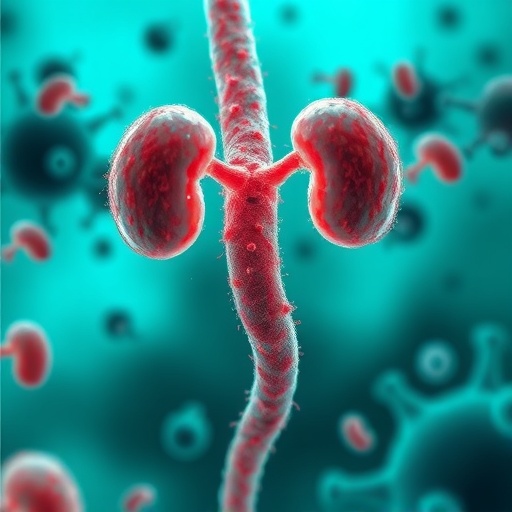Chemists at the University of Waterloo, SCIEX and Pfizer have discovered a new way to help the pharmaceutical industry identify and test new drugs, which could revolutionize drug development, and substantially reduce the cost and time drugs need to reach their market.
The study, published in the journal ACS Central Science, outlines a technique called differential mobility spectrometry (DMS) which analyzes drug molecules based on their response to an electrical field and the condensation-evaporation cycles the drug experiences in that field via a process, known as microsolvation.
"We can use this technique to measure drug properties in seconds to minutes with only nanograms of sample," says Scott Hopkins, a professor of chemistry at the University of Waterloo and corresponding author on the paper. "It's cost saving and high throughput, so you can test hundreds, even thousands of drugs quickly, increasing the rate of drug discovery."
Currently drug candidates are put through a battery of tests to measure their chemical and physical properties, such as how easily the drug crosses cell membranes, to predict how it will behave in the human body. Drugs must perform within a specific range in order to move forward to clinical trials. Most drugs fail the initial stages resulting in lost time and money.
"It takes time to grow cells and run replicate experiments to measure permeability," said Hopkins. "These kinds of assays are an arduous process, and the people that conduct this work are artists as well as scientists."
In contrast, these essential physical and chemical properties can be extracted all at once with a single analysis using DMS. The technique is so sensitive it can differentiate between the same drug molecules with slightly different atomic structures – something traditional testing methods cannot do.
"With this technology, the initial stages of drug development testing can be completed in hours rather than days," says Hopkins. "It's not only several orders of magnitude faster, it gives us information we never had access to before that we can use for rational drug design."
Beyond improving the testing and design drugs go through, Hopkins is hopeful this technology will improve the success of candidate drugs being proposed in the first place by informing the design process.
###
Media Contact
Matthew Grant
[email protected]
519-888-4451
@uWaterlooNews
http://www.uwaterloo.ca/
############
Story Source: Materials provided by Scienmag




